
What if the future everyone feared… just never showed up? Back in the late 20th century, sci-fi creators were obsessed with painting 2025 as a chaotic, high-stakes dystopia. From blood-soaked sports to climate-ravaged wastelands, their visions were as bold as they were bleak. Now that we’re actually here, it’s fascinating and sometimes hilarious to see where they nailed it and where they totally missed the mark.
These retro-futuristic predictions weren’t all just an entertainment; they were cultural mood boards for war anxieties, technology anxieties, and environmental anxieties. They were propelled by some by actual social commentary, others by pure popcorn entertainment. In either case, they reveal to us a good amount about the hopes and horrors of the years that bore them.
Here’s a look at seven of the most recognizable “2025” worlds imagined by legendary sci-fi and whether they’ve still got it.

1. Future sport as a Substitute for War
In the 1998 TV movie Future Sport, in 2025, the world is dominated by a fusion of roller derby, hoverboarding, and full-contact martial arts that’s a high-test. Developed initially as a way to fight gang wars, this electric-ball game becomes a literal replacement for war with firearms. Nations like the North American Alliance and Pan-Pacific Commonwealth supposedly resolve border disputes on the ice rink. It’s a brain-challenging concept until groups like the Hawaiian Liberation Organisation ruin the party.
The idea of sports as a peaceful stand-in for war has popped up in other sci-fi works, but Futuresport took it to an extreme. While we’ve seen esports and global tournaments grow in cultural influence, the notion of hoverboard diplomacy remains firmly in fiction.

2. ‘The Running Man’ and Reality TV Gone Lethal
Stephen King’s 1982 novel, published under the pseudonym Richard Bachman, predicted a 2025 where America’s financial collapse propels the nation toward a national obsession with a deadly game show. Contestants on The Running Man are paid for every hour that they survive professional assassins on live TV. It’s a biting denunciation of media voyeurism and public accommodation to violence.
Even though today’s reality television is cutthroat in its own right, the idea of sanctioned on-camera murder has yet to happen. However, the show’s over-the-top concept oddly foreshadowed today’s voracity for fast, voyeuristic action.

3. Zebra Time’s Five Minutes of Lawlessness
In Zebraman 2: Attack on Zebra City (2010), the year 2025 in Tokyo has “Zebra Time” two periods every day of five minutes when all crime is legal. Citizens and police officers alike can get away with anything. The measure, imposed by a flamboyant authoritarian governor, is so effective at keeping society in line that steps are taken to ship it out to the world.
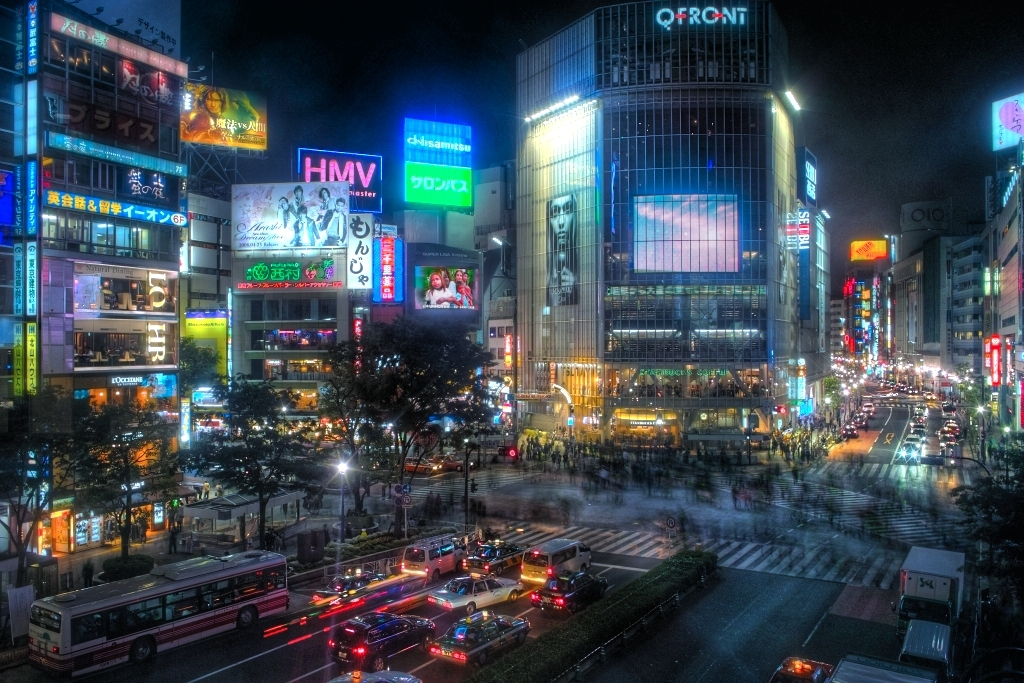
It’s only a distorted reversal of sense in crime prevention, combining the anarchy of The Purge with superhero melodramatic histrionics. Thankfully, no city has ever tried to do that, but strong arguments on surveillance, policing, and civil liberties remain as vociferous.
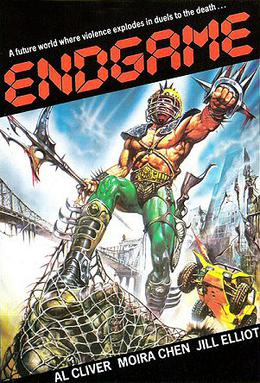
4. Gladiator Games in Post-Nuclear New York
The 1983 Italian cult favorite Endgame – Bronx Lotta Finale had a post–World War III New York as a irradiation-sapped wasteland. In this, the ruling elite amuse the masses with TV gladiatorial combat where slave gladiators fight and die for bounties. Psychic mutants, Hell’s Angels riders, and a paramilitary NYPD police round out the chaos.
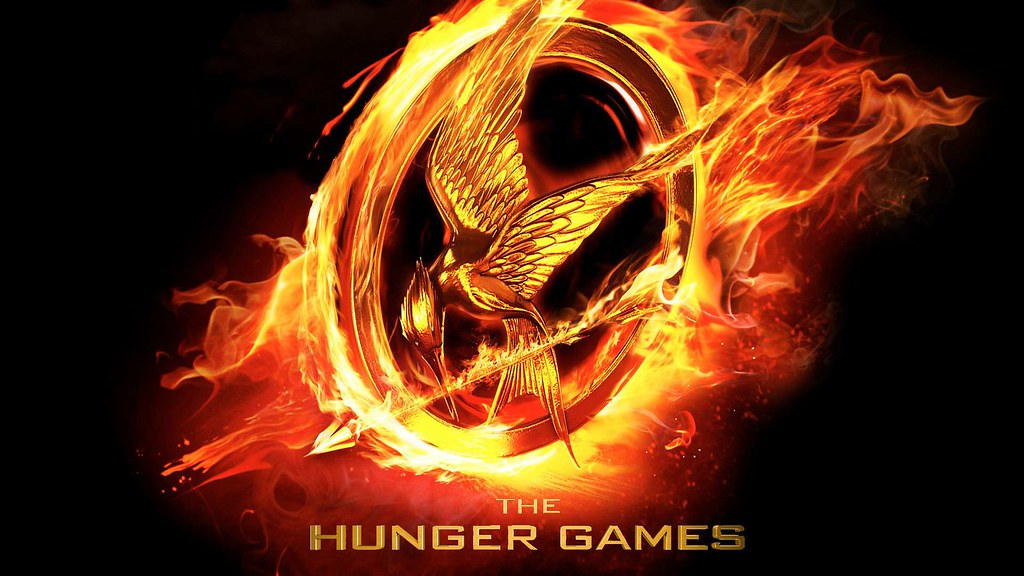
The fight-to-the-death trope has been a sci-fi mainstay from Rollerball to The Hunger Games—but in the real world, combat sports remain subject to rules and choice. Still, the film’s denunciation of the media as a tool of control sounds oddly up-to-date.
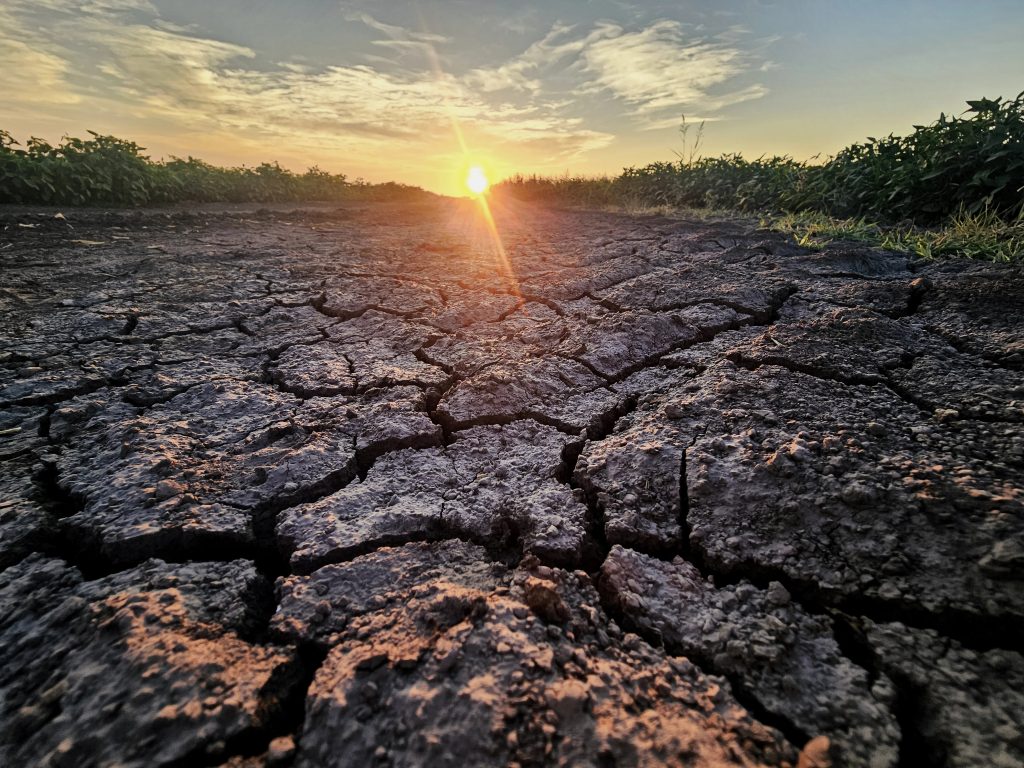
5. Climate Collapse and Psychic Refugees
The short-lived 2000 children’s series Life Force was an early attempt at “cli-fi,” hypothesizing that by 2025 melting polar ice caps would leave the UK a few small islands. A fascist group called The Commission keeps climate refugees out and employs genetically modified psychics who are “Senders.”.
This dark vision captures some of the trends in recent environmental fiction like that of Kim Stanley Robinson, syncretizing science and political realism. Sealevel rise and climate migration, although we have not seen them to this scale, are no longer matters of speculation.
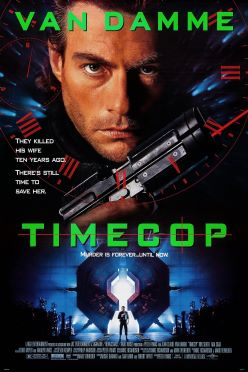
6. Time Travel Policing in ‘Timecop 2
The Timecop franchise showed time travel as a regulated technology by the early 2000s, with 2025 having alternate histories produced by rogue agents. In Timecop 2: The Berlin Decision (2003), a terrorist leader uses temporal hops to try and assassinate Hitler, initiating a chase across multiple timelines.
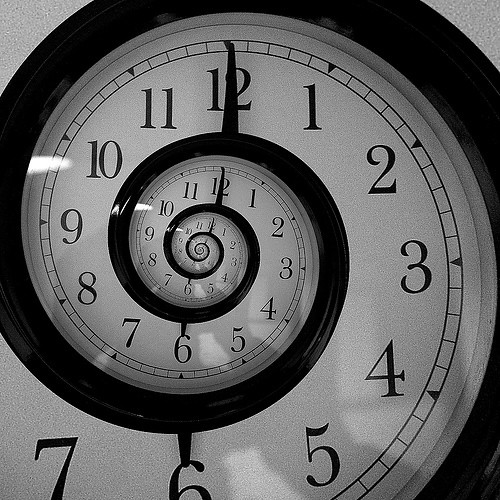
The film plays with the ongoing pull of “what if” history, a kind that remains in favor with popular culture. While time travel is impossible, its use as a storytelling device still powers everything from art house films to franchise blockbusters.
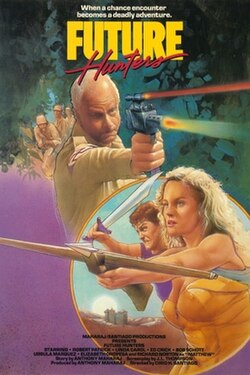
7. The Spear of Longinus and 1980s Action Excess
The 1986 action hybrid Future Hunters opens in war-torn 2025 where humanity’s final hope is a fabled relic the Spear of Longinus. Join a maniacal quest by Nazis, warrior women of Amazon, and incessant fight choreography, much of it in the past rather than in the future.
Its melodramatic tone and era-specific clichés make it as much a 1980s genre filmmaking time capsule as an honest prophecy. If nothing, though, it shows just how some 2025 sci-fi imaginations cared less about accuracy and more about delivering unrelenting spectacle.
Looking back, these vintage sci-fi takes on 2025 reveal as much about the decades that created them as they do about our present. Some were cautionary tales rooted in real fears climate change, authoritarianism, media manipulation while others were pure escapist fantasy. In the end, the future they imagined didn’t arrive exactly as scripted, but their stories still spark conversations about where we’re headed next.


